In the highly uncertain world of India’s strategic security environment one thing which remains certain is Pakistan’s commitment to pursue the path of creating mayhem in J&K. Whether it’s the scrutiny of the Financial Assistance Task Force (FATF) or the pressure of going almost broke with its economy Pakistan somehow does not appear to dither from its intent of continuing the ‘war by a thousand cuts’ against India that it initiated in 1989. Hamstrung by a failing economy, under international pressure for its support to transnational terror groups and unable to raise diplomatic hackles on the abrogation of Article 370 by India, Pakistan was expected to be on the defensive but the present record of activities related to J&K appears to indicate a desperate attempt to remain relevant and keep the region unstable. Winter is incorrectly assessed as a low profile period in J&K with the seat of government shifting to Jammu. However, the scope for Pakistani intervention in the state remains high and needs to be neutralized at all times.
With the altered course of events in Ladakh since May 2020 Pakistan has gleefully recovered its hopes about J&K with its relevance to China going higher a couple of notches. It is evident that among the facets of Sino-Pak cooperation today there exists an aspirational need for higher turbulence in J&K, deterring India from doing anything in Gilgit-Baltistan and securing China’s interests with respect to the Belt and Road Initiative/China Pakistan Economic Corridor. However, everything is predicated upon the situation within J&K where Pakistan’s ability to call the shots has been neutralized to some extent. The primary difference in the last year or more is that the Separatists have been largely neutralized; they were the true proxies on whom Pakistan relied to further its cause and fan the anti-India sentiment.
Pakistan for long thrived on the Indian reluctance to act strongly against the Separatist leadership which survived on India’s largesse and sense of democratic norms. It never felt the need for alternatives and the old guard among the Separatists never yielded space to the young. Disparate groups attempted to take over the terror space even as Burhan Wani and his young cohorts were attempting to bring about a generational transition. The deep state started losing control at that juncture and then the Indian establishment commenced its relentless battering against the networks that enabled terror in J&K; this was in sync with Operation All Out from 2017 onwards with a spurt after Pulwama in February 2019.
So what is the reality of the situation today and how is it likely to progress in the uncertainty of the prevailing strategic environment. Even with Pakistan apparently hamstrung in capability we have had 185 terrorists killed in J&K this year (2020). That should give a pretty grim picture but then the details reveal something else. The infiltration figures officially put out reveal only 28-30 terrorists successfully infiltrated which is one of the lowest figures ever. Infiltration attempts are also down possibly as a result of the deep scrutiny Pakistan perceives due to the Financial Action Task Force (FATF) investigations. Lt Gen BS Raju, GOC 15 Corps also credits additional personnel, additional technology and the use of drones for the anti-infiltration achievements. However, reports also reveal that the terrorist training camps in PoK have temporarily been relocated to the west away from the glare. That off course does not mean a moratorium on infiltration or terror strikes inside J&K.
Alternative ways will be sought and there has been a recent spate of activities in the Jammu, Rajouri, Naushera segments of the LoC with attempts to send contraband by drones. This continues to reveal that the vigil of the Valley is strong and the effort to get to it will continue from all directions including trans-Pir Panjal. Executing shallow infiltration and striking at objectives in close proximity (5-10 km) of the LoC remains a possibility. One such strike at Uri in 2016 changed the entire gamut of relationship between India and Pakistan. The non-availability of communication networks due to these being controlled in a calibrated way by Indian authorities forced the Pakistani establishment to refocus and enhance the power of their communication towers in the proximity of the LoC. It was hoped that with the help of smuggled sim cards some communication could be established with over ground workers at least in the vicinity of LoC. It has somehow not worked thanks to good anticipation and counteraction by Indian communication agencies. The difference in the nature of operations against terrorists is that these currently relate mostly to intelligence generated ones as against chance encounters or even terrorist initiated actions. It reveals the low quality of terrorists being faced by the Army and the police forces.
The Corps Commander, a veteran who has served in Kashmir in different capacities feels that the hump has been crossed; “the region is past that stage of uneasy calm”, he said. That is a reasonable deduction when the people’s discourse is fully under control; it alludes to mainly mob violence and stone throwing. However, with 131 locals recruited into terror ranks this year there still appears to be a legitimate security concern. It is South Kashmir which has bulk of this recruitment and presence. Life of local terrorists is extremely short due to poor quality of training, leadership, logistics and motivation. Rightly the Army and police are also encouraging surrenders to prevent cascading recruitment due to sentiments arising from the killing of young local terrorists.
The challenge which always remains prevalent is that with 260 terrorists at the beginning of the year, 185 neutralized plus some surrendered, the numbers should have been drastically reduced. Instead with marginal infiltration and reasonably large recruitment the figures are nearly the same as existing at the beginning of the year. To defeat this phenomenon there is only one answer and that is to drastically limit recruitment and infiltration to insignificant numbers. A zero infiltration is something the Army does not guarantee and the numbers this year are the least one can expect. It is the recruitment domain which needs to be seriously addressed. A fine decision taken by the government at the beginning of the year was on not handing over mortal remains of local terrorists to their families for funerals; a similar decision was taken with regard to foreign terrorists in 2017.
Large congregations where ceremonial firing was done and vows were taken by some young men to avenge the death of their friends are now no longer in practice. Two ways can bring about further change. First is through much deeper engagement with youth by an all of government approach and second through an effective counter radicalization program. Both are extremely difficult to execute due to lack of professional knowhow on how to approach the problem beyond just the peripheral contact that the Army has been making under Operation Sadbhavna. Fledgling efforts are continuing no doubt but a transformational boost to these is needed. With politics in limbo, mainstream political parties reluctant to do anything to help the establishment and over dependence on Operation Sadbhavna this domain needs review and fresh thinking.
The other question begging answers is the presence of finances with the networks that support terror despite marked success of our agencies. It is evident that the networks which had been established were deep rooted and perhaps may take more time to dismantle. Yet, it is also well known that narcotics networks appear to have entered Kashmir in a bigger way. The police have been doing well in this field but the menace may be larger than what is currently evident and needs continuous focus at a national level.
Two more things remain; the state of politics and the efforts towards better integration with Jammu, the national integration can wait and follow in the wake. Politics is in a state of disarray. What the mainstream political community of Kashmir hopes to achieve by retaining a stance for restoration of Article 370 is not easily discernible. Done by an Act of Parliament and not by any illegal means, their attempts to keep alive sentiment towards special status is likely to prove counterproductive. Yet, simultaneously these will render efforts towards full integration much more challenging. It’s evident that normal politics will evade J&K for some time. These parties have nothing to do with Pakistan but the political undercurrents created will only assist the latter’s cause.
I have long felt the necessity of attempting to bring together the people of the Jammu and the Kashmir segments much closer than the current status of their relationship. It is a difficult call but some credible leaders on both sides will have to cast egos aside to allow this to happen. The stakes for both segments in establishing such a relationship are extremely high. The trigger to take the initiative could come from the business and academic communities on both sides.
Lastly, we should assume that our narrative on J&K is only partially supported abroad with limited credibility despite many governments diplomatically supporting India. Efforts to counter Pakistan’s narratives are necessary. The recent declaration of 22 October 1947 as Black Day because of the initiation of the tribal invasion on that day at the behest of Pakistan was a fine initiative of the Ministry of Culture. We need to fight Pakistan in the psychological space both internally and externally; the Indian narrative must prevail, something towards which our focus has been limited. It’s a multi domain effort that must receive attention with periodic review.
(The paper is the author’s individual scholastic articulation. The author certifies that the article/paper is original in content, unpublished and it has not been submitted for publication/web upload elsewhere, and that the facts and figures quoted are duly referenced, as needed, and are believed to be correct). (The paper does not necessarily represent the organisational stance... More >>
Image Source: https://static.langimg.com/thumb/msid-57866963,imgsize-480979,width-540,height-405,resizemode-75/samayam-tamil.jpg

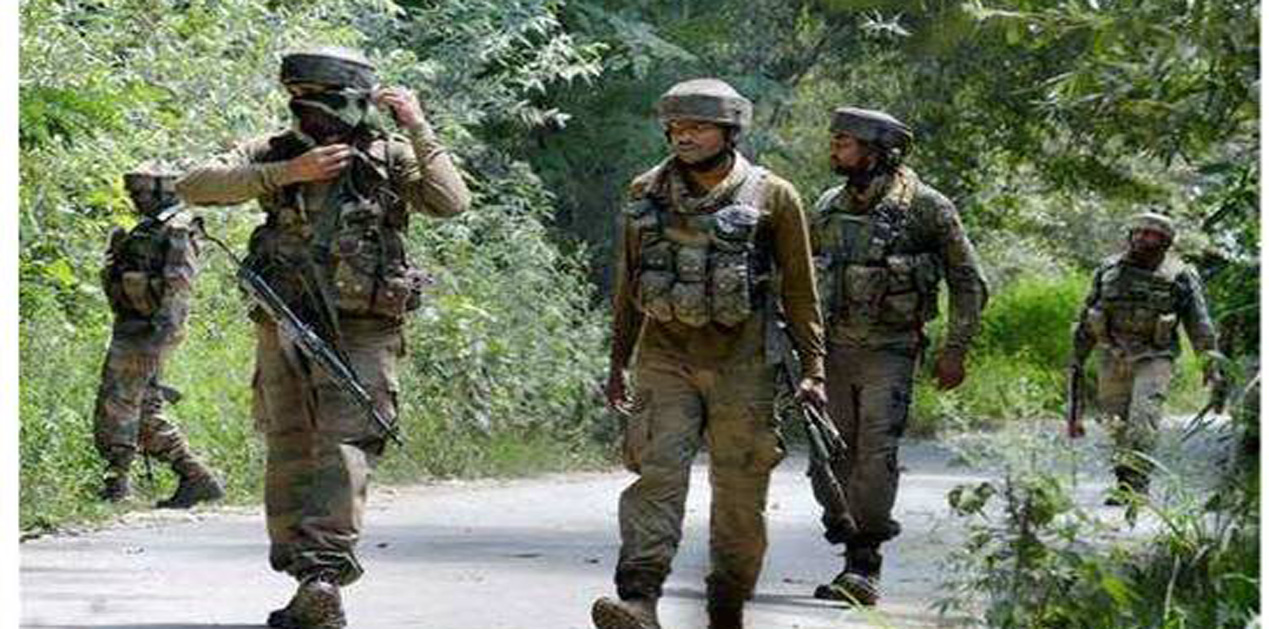
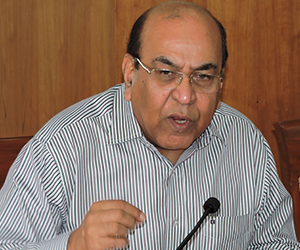


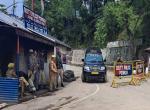


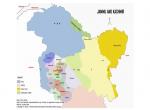
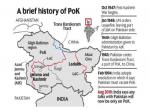
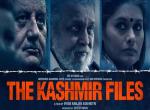
Fantastic Analysis sir. We need more such articles to keep the narrative with us.
Post new comment